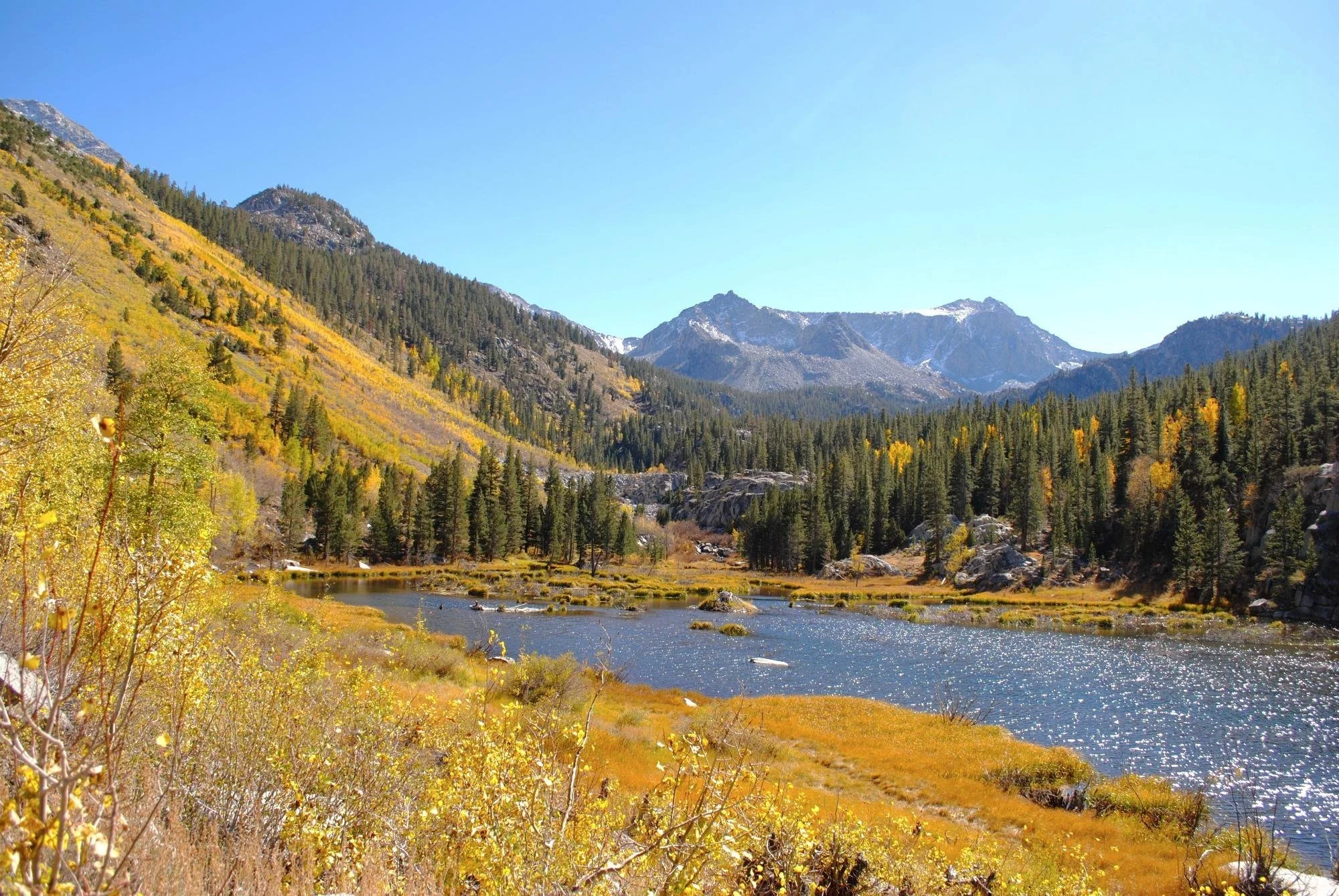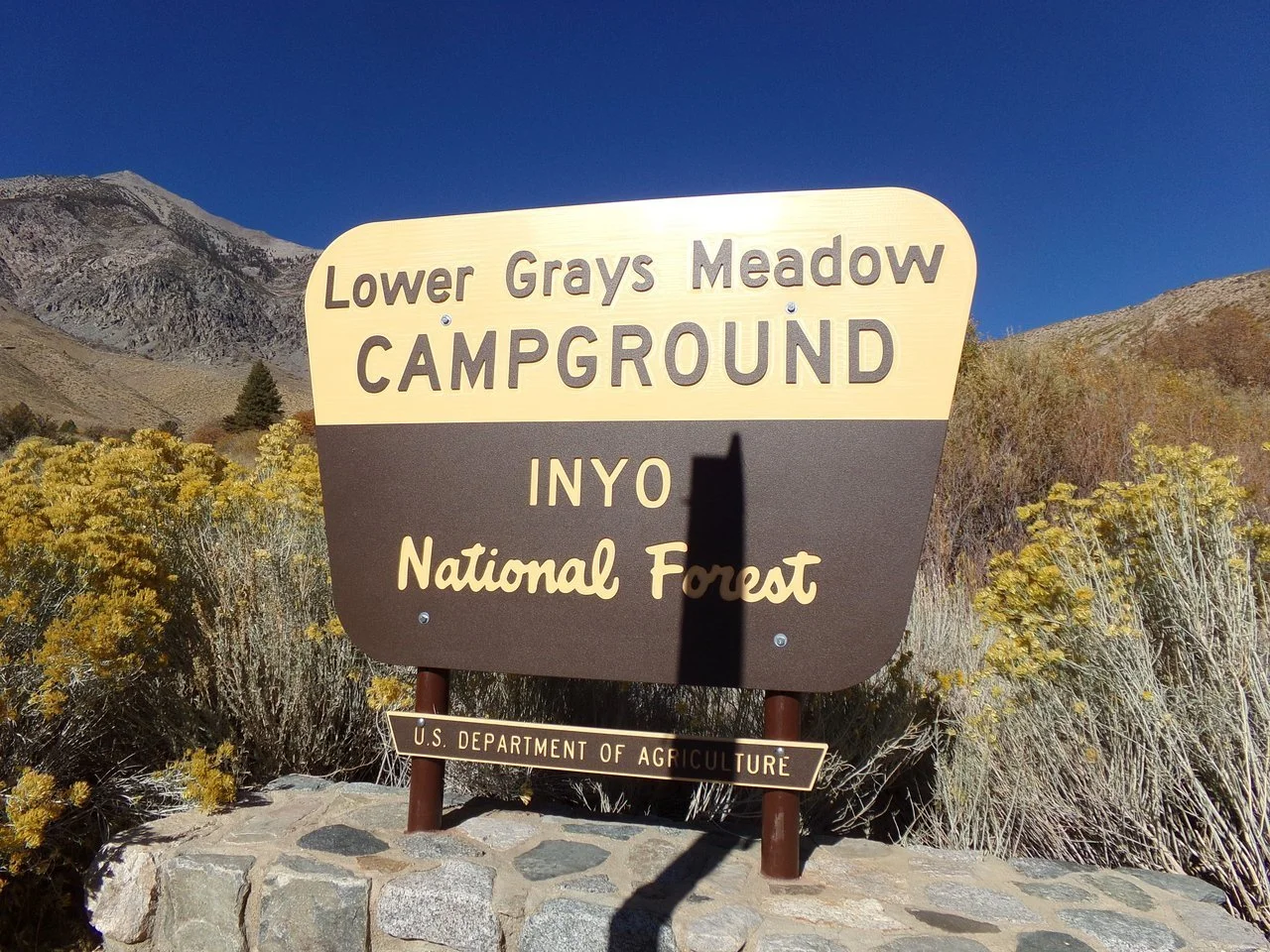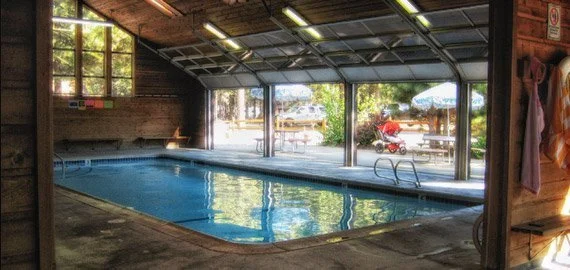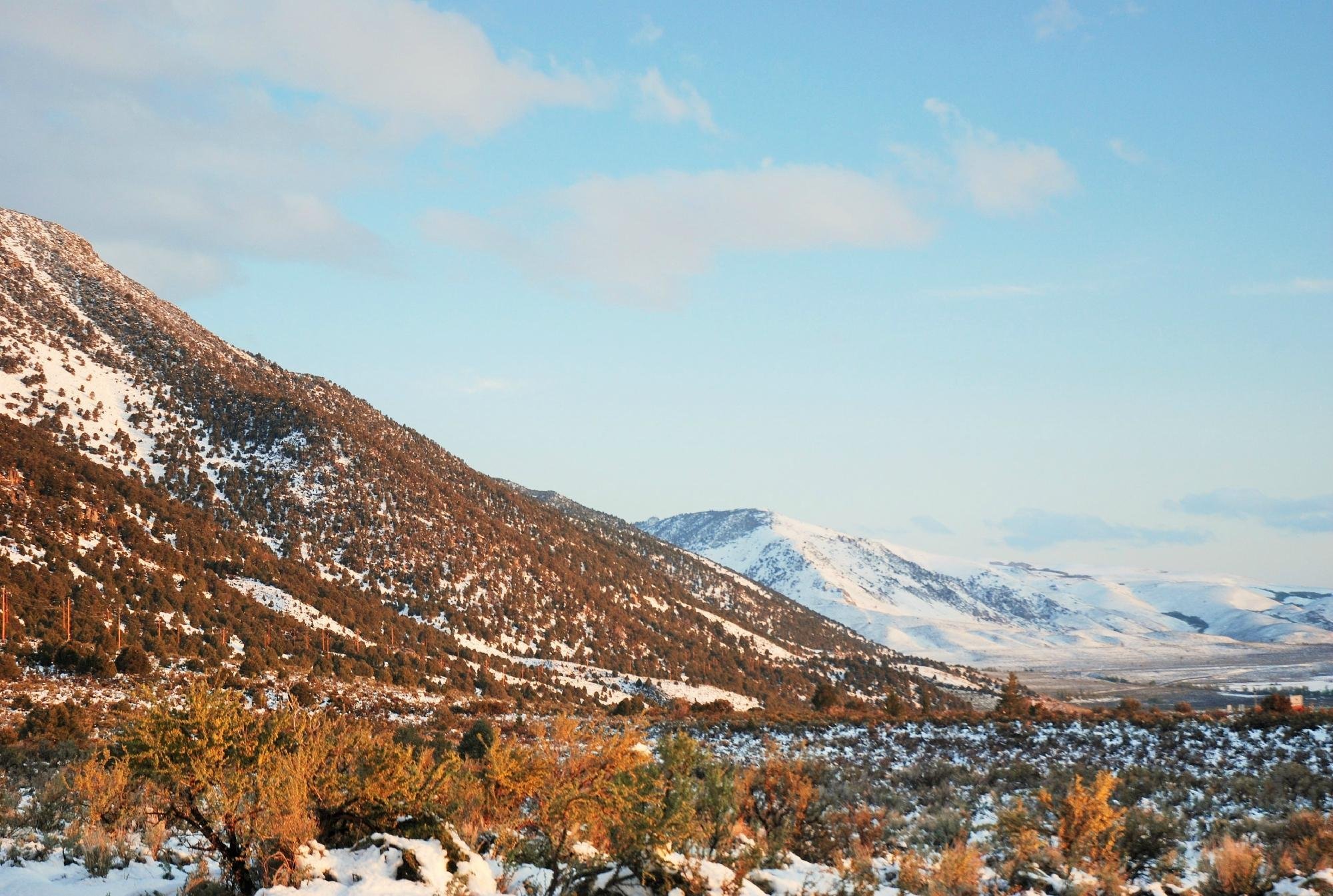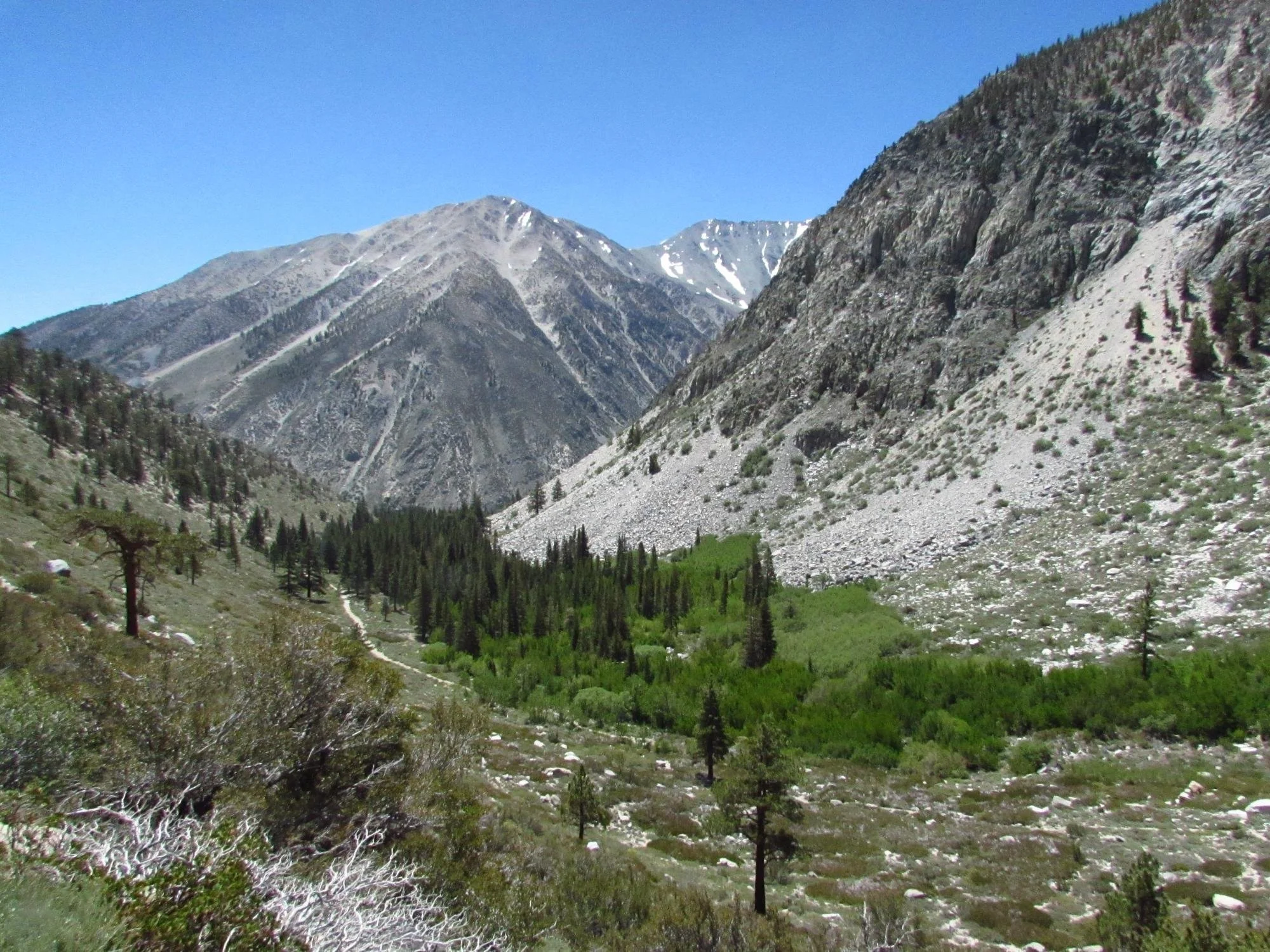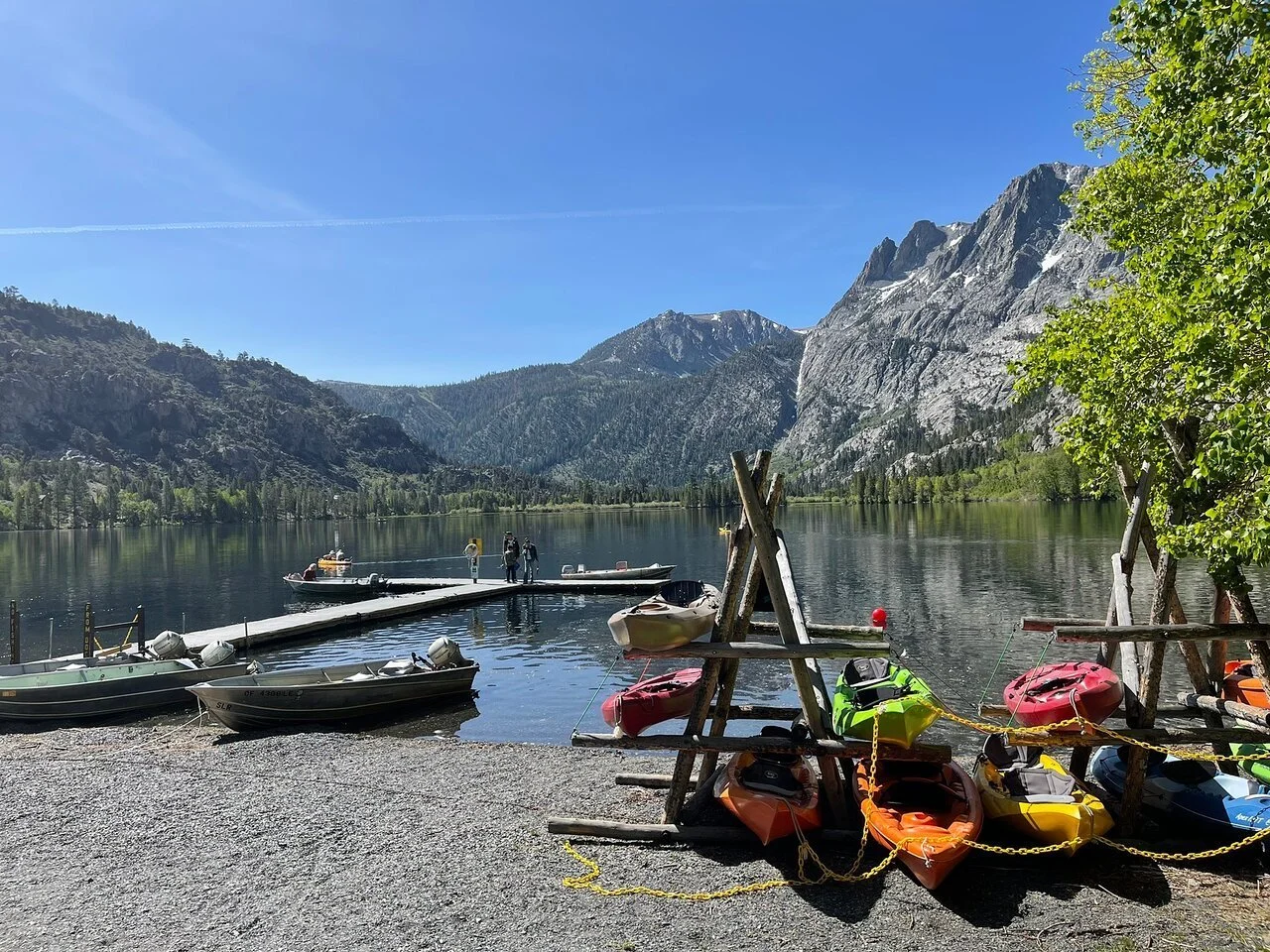Stretching across an expansive 3,000 square miles between California and western Nevada, the Inyo National Forest delivers year-round outdoor adventures and diverse camping experiences. This remarkable landscape features several iconic attractions including the ancient groves of the Bristlecone Pine Forest, the majestic peak of Mount Whitney, the striking geological formations of Devils Postpile National Monument, and the captivating waters of Mono Lake. With nine designated Wilderness Areas encompassing nearly one million acres, backpackers can explore pristine backcountry with proper permits. For those seeking more traditional accommodations, the forest offers numerous developed campgrounds throughout its territory, with select locations providing complete RV hookup facilities.
Camping Near Inyo National Forest
Immerse yourself in ancient bristlecone pine groves and high desert vistas. Experience the raw beauty of Inyo's rugged peaks.
CampChimp is better in the app
Find Available Camping
The 5 best campgrounds near Inyo National Forest, CA
-

Horseshoe Meadow Trail
 Lone Pine, CA
Lone Pine, CA


Nestled in the Sierra Nevada mountains Horseshoe Meadows Campground offers stunning views and easy access to hiking trails. It features spacious campsites surrounded by towering pine trees and a peaceful creek running through the meadow.
-

Sage Flat Campground
 Big Pine, CA
Big Pine, CA


Nestled in the eastern Sierra Nevada mountains Sage Flat Campground offers stunning views of the rugged peaks and tranquil meadows. With its serene setting and easy access to hiking trails it's a perfect base for outdoor adventures.
-

Convict Lake Campground
 Mammoth Lakes, CA
Mammoth Lakes, CA


With stunning views of the crystal-clear Convict Lake and easy access to world-class hiking trails this campground is a nature lover's paradise.
-

Onion Valley Campground
 Independence, CA
Independence, CA


This secluded campground offers a peaceful escape from the hustle and bustle with easy access to the John Muir Wilderness.
-

Diaz Lake Campground
 Lone Pine, CA
Lone Pine, CA


Nestled amidst soaring mountains and crystal-clear lakes Diaz Lake Campground immerses visitors in pristine natural beauty offering hiking trails fishing spots and well-equipped campsites for an unforgettable outdoor adventure.
The 5 hardest-to-book campgrounds near Inyo National Forest, CA
The 5 best campgrounds for RV camping near Inyo National Forest, CA
The 5 best campgrounds for tent camping near Inyo National Forest, CA
The best camping near Inyo National Forest guide
About
- Best for trekkers: Mt. Whitney Trailhead Campground serves as the ideal launching point for adventurers embarking on their journey to conquer the summit of Mt. Whitney.
- Best for RV campers: Big Pine Creek Campground combines both tent sites and electrical hookups, surrounded by spectacular wilderness vistas.
- Best for anglers: Bishop Park Campground provides convenient access to prime fishing spots along Bishop Creek.
- Securing a campsite within the Inyo National Forest requires planning ahead - reservations open 180 days in advance through the Forest Service website, with new slots becoming available daily at 7am Pacific Time. For specialty accommodations like cabins or yurts, plan to book immediately when reservations open.
- Several camping areas operate on a first-come, first-served basis. To maximize your chances of securing a spot, consider arriving by Thursday to avoid weekend crowds.
- When traditional camping options are fully booked, explore alternative accommodations nearby or consider dispersed camping opportunities on Bureau of Land Management (BLM) territory.
Adventure seekers can enjoy the Eastern Sierra region throughout all seasons, with diverse activities available year-round. Summer offers excellent hiking possibilities, while winter transforms the landscape into a paradise for skiing and snowshoeing enthusiasts, particularly around June Lake. The most comfortable camping conditions typically occur during late spring and early autumn. Though most forest campgrounds operate seasonally from April/May through September/October, several year-round camping options exist at nearby BLM and county-managed facilities.
- Stock up on essential supplies in the town of Bishop, conveniently located at the intersection of State Highway 168 and US-395.
- Given the region's susceptibility to wildfires, always verify current fire restrictions and pack alternative cooking methods.
- Monitor road conditions before departure - winter brings snow and avalanche risks, while summer construction projects can cause significant delays.
- Prepare for limited connectivity - cellular service is inconsistent throughout the forest, so download offline navigation maps beforehand.


